Last fall I posted about the continued use of race/ethnicity as a basis for decisions about hiring when casting roles in Hollywood. Though using race or color as a qualification for a job is illegal in the U.S., it is still widely, and openly, practiced when choosing actors for movies and TV.
Dolores R. sent in an example of a casting call for an Acura commercial that shows how race and skin color requirements are explicitly stated. The role is for an African American car dealer; however, the description calls for someone who is “not too dark”:
The casting document was posted by Oh No They Didn’t! after an African-American actor who didn’t fit the profile passed it on to them. Someone at the casting agency claimed that the reason they didn’t want an actor who was “too dark” was that it would make lighting and special effects more difficult.
Seriously.
Acura has apologized, though as Forbes points out, they probably had little to do with the actual casting process; the casting call was mostly likely written within the casting agency.
As I pointed out in my earlier post, within the industry roles are generally understood to be for non-Hispanic Whites unless specifically stated otherwise. However, as this casting call shows, even when a role is open to racial/ethnic minorities, additional restrictions related to skin color or other features may still severely limit the pool of actors who have a legitimate chance at winning the role.
Gwen Sharp is an associate professor of sociology at Nevada State College. You can follow her on Twitter at @gwensharpnv.

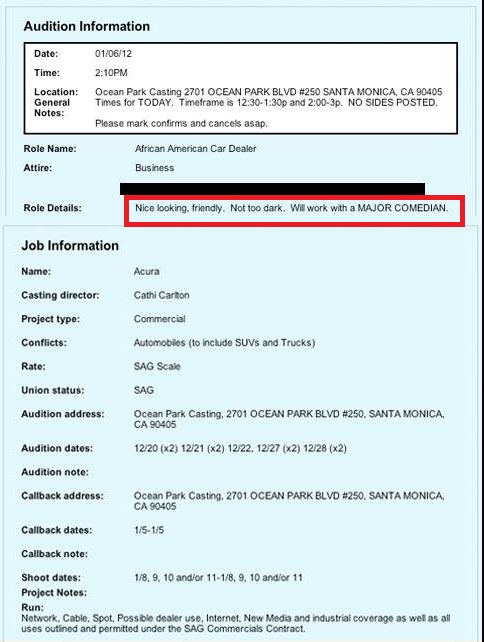
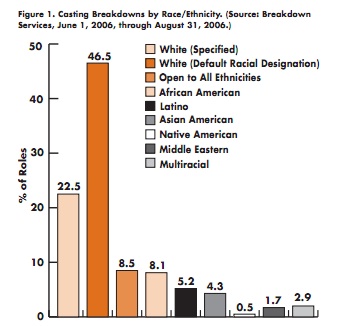
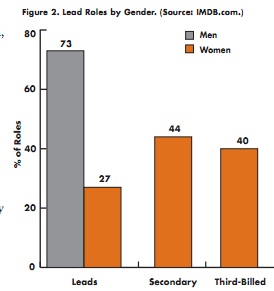
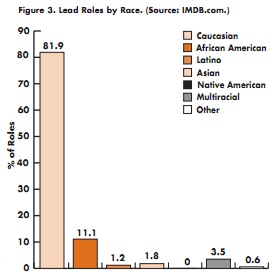


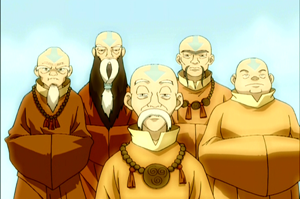

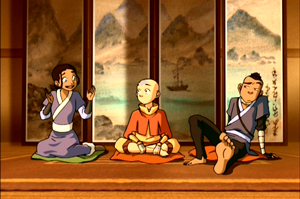
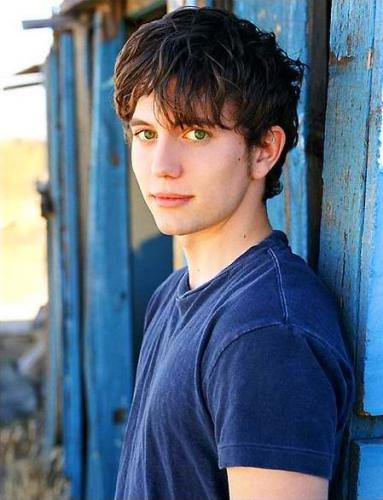



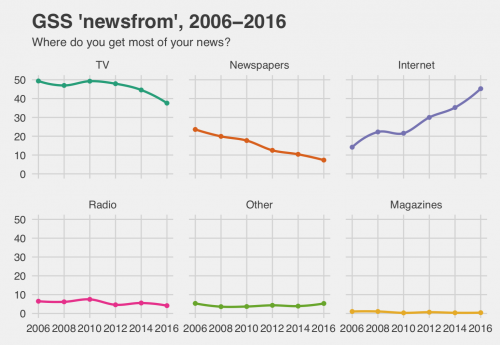
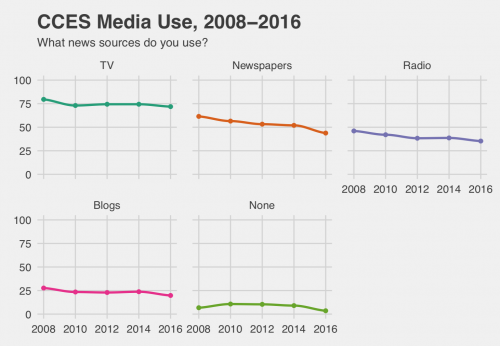
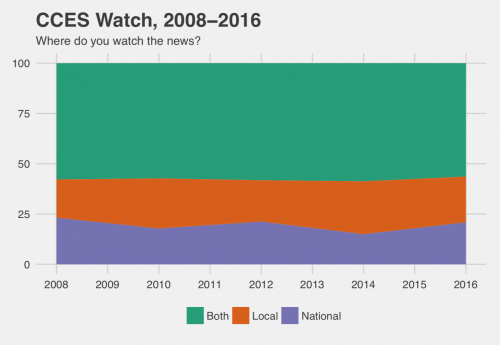

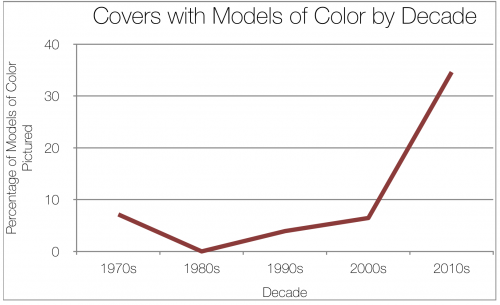
 America woke up this weekend to the news of the Orlando massacre, the deadliest civilian mass shooting in the nation’s history. The senseless tragedy will undoubtedly evoke anger, sadness and helplessness.
America woke up this weekend to the news of the Orlando massacre, the deadliest civilian mass shooting in the nation’s history. The senseless tragedy will undoubtedly evoke anger, sadness and helplessness.